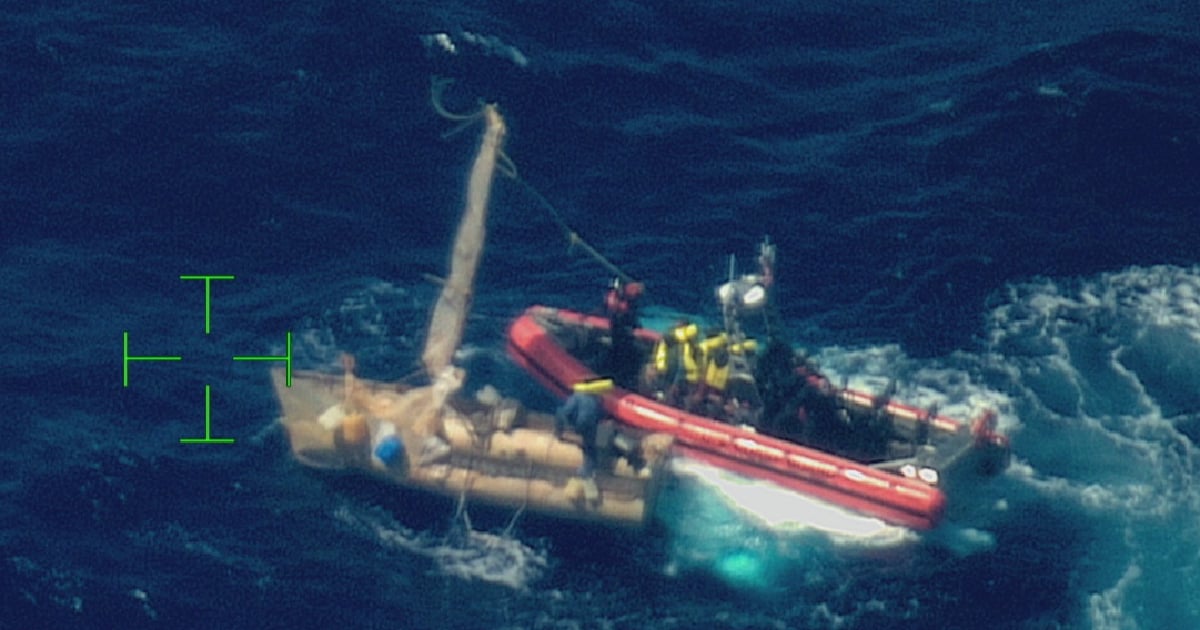Three Cuban rafters were repatriated on Tuesday after being intercepted approximately 10 miles southwest of the Marquesas Keys last week, amid extremely adverse weather conditions due to the powerful Hurricane Helene moving towards Florida. A brief statement from the U.S. Coast Guard (USCG) reported the repatriation of the three immigrants, who were returned to Cuba by the crew of the cutter Charles Sexton.
Although the statement did not specify the exact day or circumstances of the rafters' interception last week, it is evident that they took to the sea amidst Helene's advance, braving storm surges, torrential rains, and relentless winds, risking their lives. Helene impacted parts of western Cuba and was devastating in six southern U.S. states, including Florida, where it made landfall as a Category 4 hurricane.
The cyclone resulted in over a hundred deaths, numerous disappearances, and severe material damage in various states. Last week, U.S. border authorities once again warned about the dangers of attempting sea crossings in makeshift vessels, endangering the lives of those on board.
Recent Interceptions and Repatriations
Just the previous Tuesday, the USCG repatriated 22 Cuban migrants after intercepting them in two separate operations south of the Florida Keys. Days before, U.S. Immigration authorities released several individuals from a group of 43 Cuban rafters who landed on Marathon Key on September 17. They were released with electronic ankle monitors and an I-220A form, allowing them to remain temporarily in the country.
According to well-known immigration lawyer Willy Allen, many migrants arriving by sea are processed and released under certain conditions, while others face deportation. The perilous maritime journey from Cuba to the United States has claimed the lives of at least 142 rafters by the end of August 2024, according to a report by the International Organization for Migration's (IOM) Missing Migrants Program.
Ongoing Economic Hardship Drives Dangerous Migrations
Amid the severe economic crisis in Cuba, hundreds of island residents continue to embark on dangerous migration attempts, by sea or land, in search of a better future for themselves and their families. The harsh living conditions and lack of opportunities push many to risk their lives in hopes of reaching the United States.
